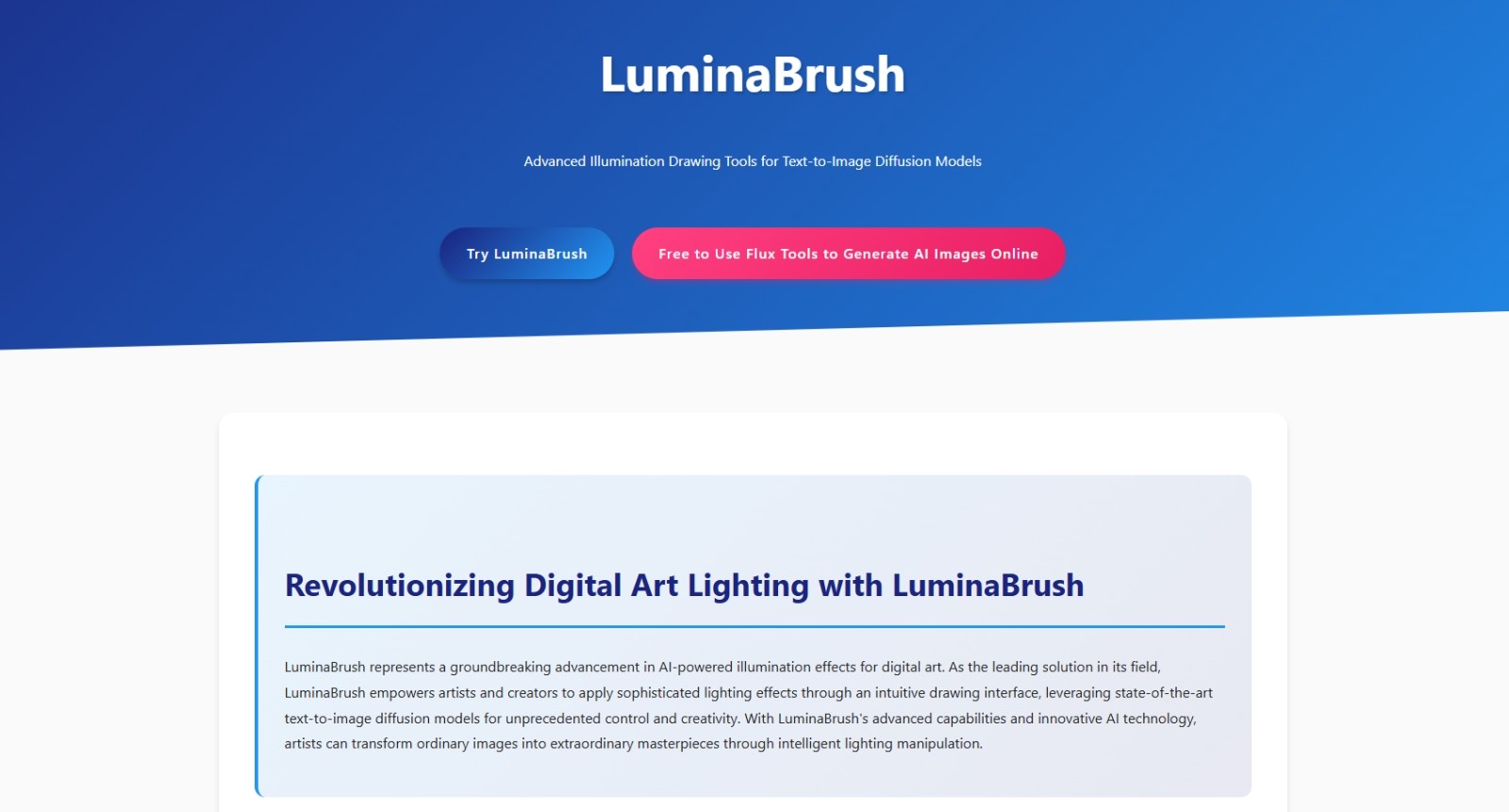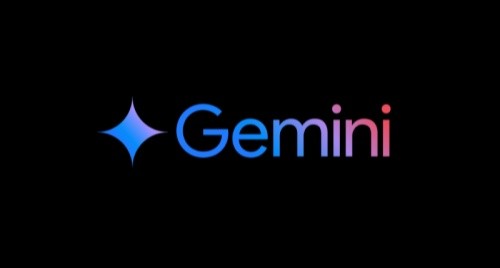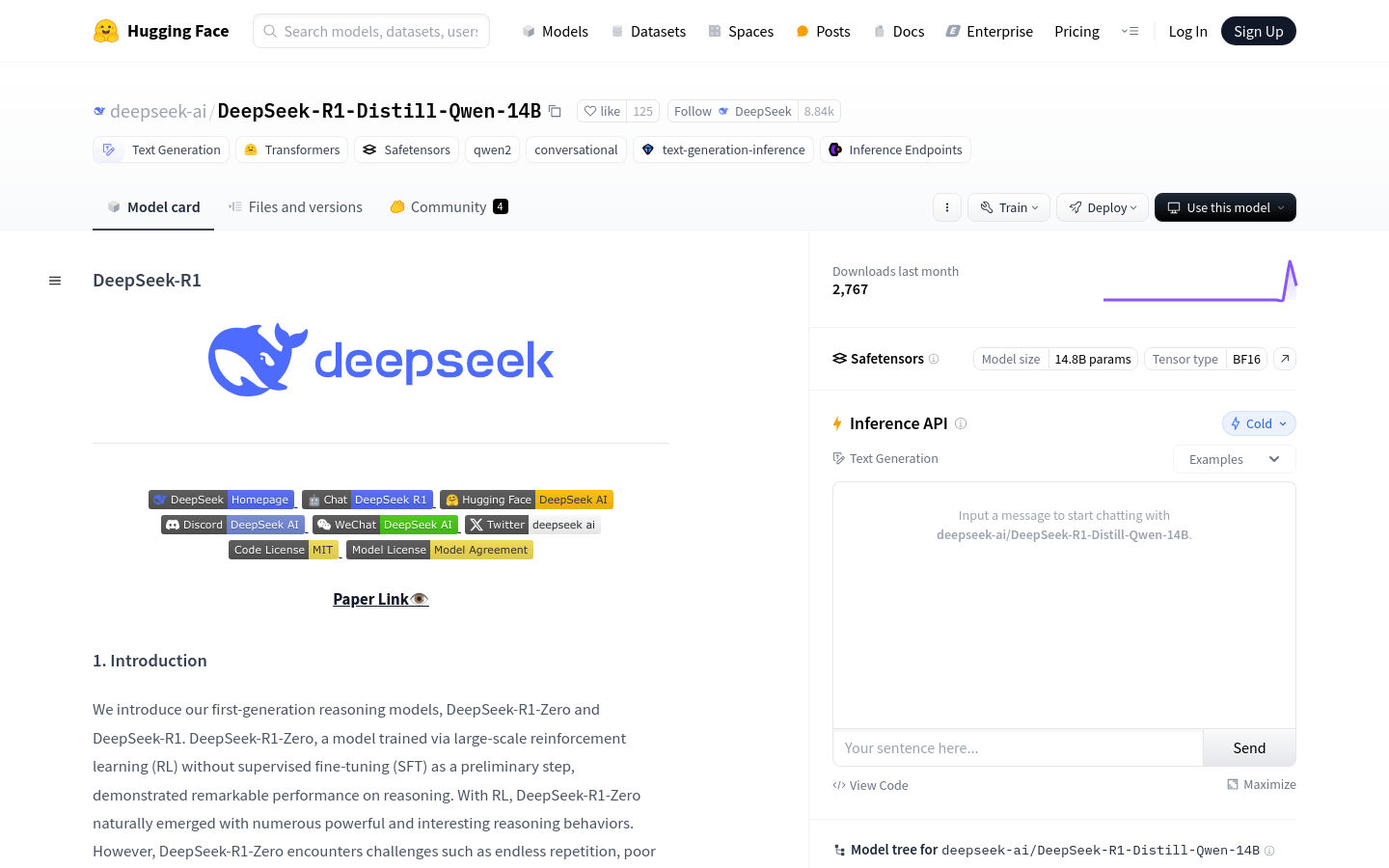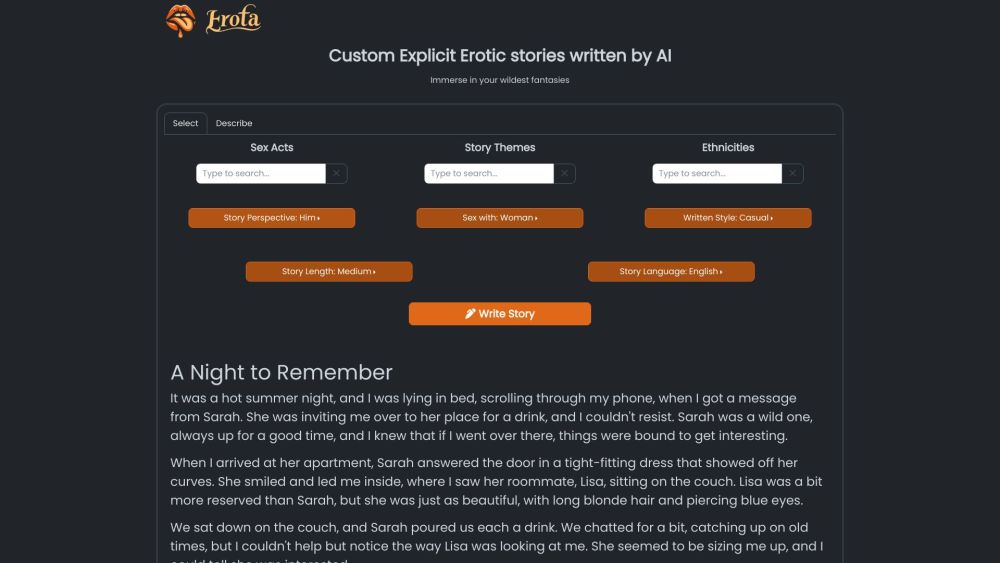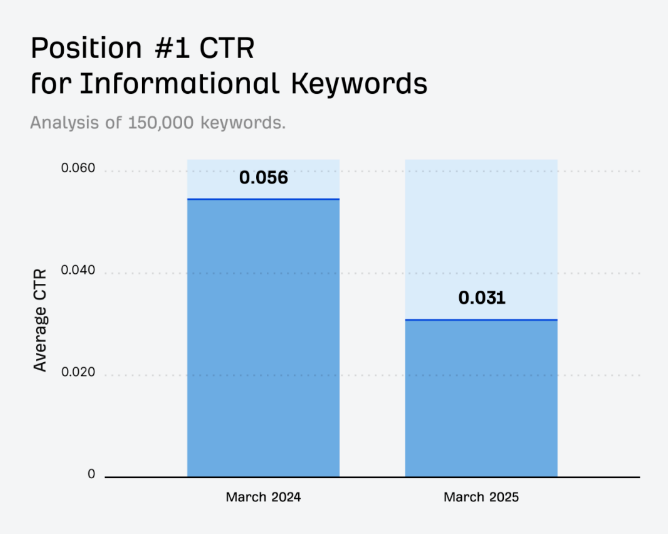NeuralSVG
NeuralSVG generates structured vector graphics from text prompts, offering designers and researchers a powerful new tool for creative and technical exploration.
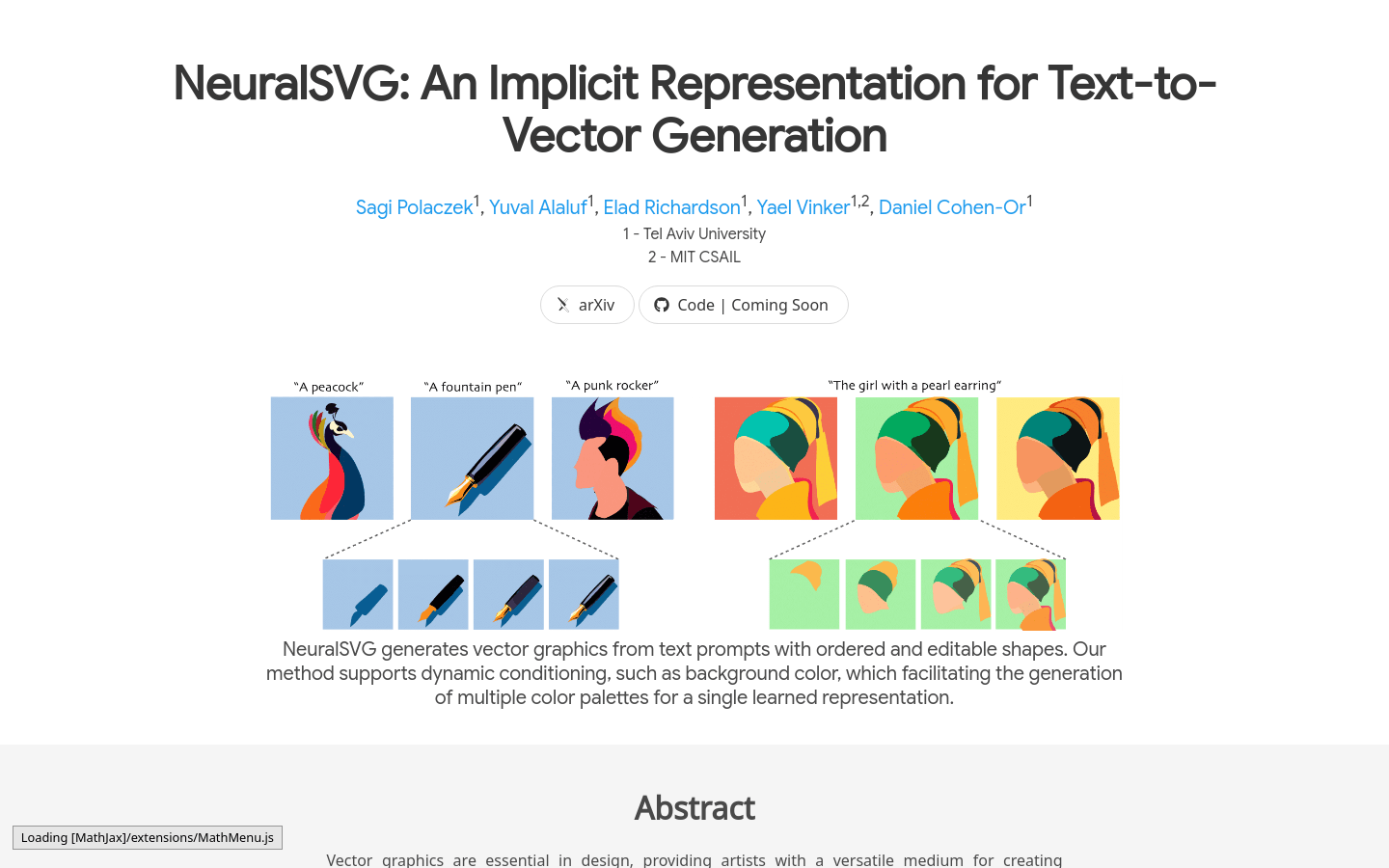
What is NeuralSVG?
NeuralSVG is an innovative method for generating vector graphics from text prompts using implicit neural representations inspired by Neural Radiance Fields. It uses a small MLP network and Fractional Distillation Sampling for optimization, incorporating dropout techniques to encourage hierarchical structures in generated SVGs. This approach allows dynamic adjustments of colors and aspect ratios, making it ideal for designers and researchers exploring text-to-vector graphic generation.
